Image
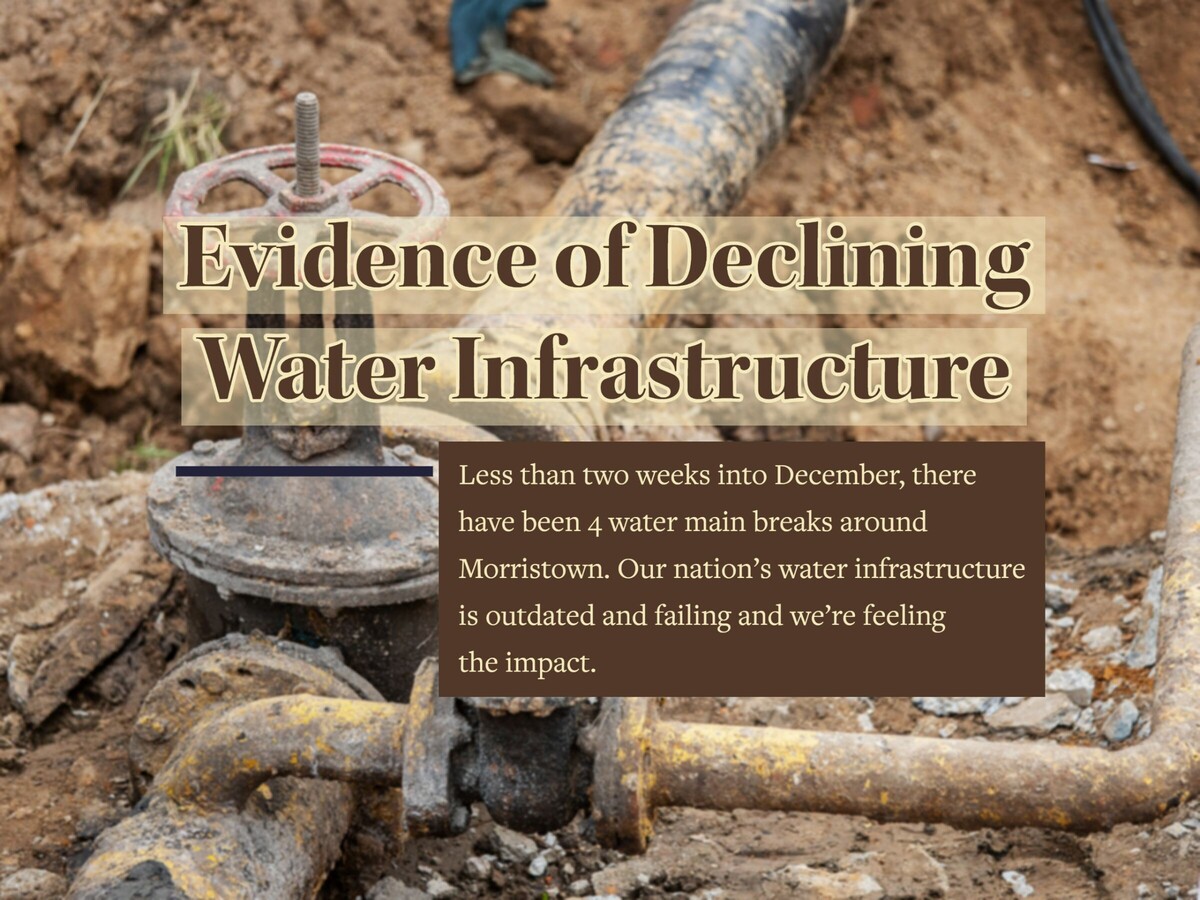

Our nation’s drinking water infrastructure is made up of 2.2 million miles of underground pipes meant to deliver safe, reliable water to our nation’s citizens. Unfortunately, this system is aging, underfunded, and failing.

There is a water main break every two minutes in the United States, equating to an estimated 6 billion gallons of treated water lost each day, enough to fill over 9,000 swimming pools. In 2019, the U.S. lost an estimated $7.6 billion worth of treated water due to main breaks.
Those millions of miles of pipes have laid out of sight and out of mind for years. Some of the nation’s oldest pipes were installed in the 19th century, and many of the pipes laid post-World War II have a life span of 75 to 100 years – meaning most of our nation’s water infrastructure is ending the end of its design life.
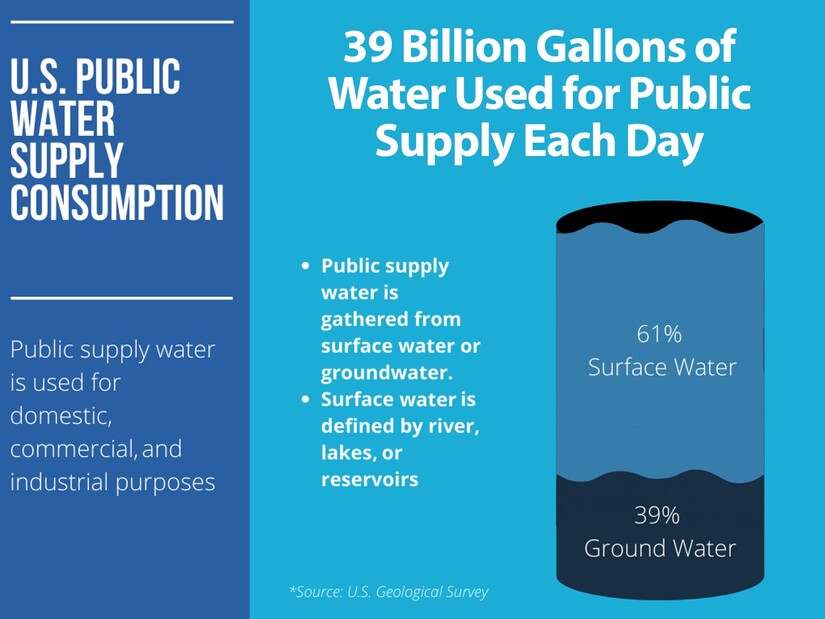
Between 2004 and 2017, various sources estimate there were between 10 and 37 leaks and breaks per 100 miles of pipe. One report even found a 27% increase in water main break rates between 2012 and 2018, an estimated 250-300k breaks per year.
Until very recently, our nation’s leaders weren’t doing much to remedy our decaying water infrastructure. In 2015, utilities were replacing, on average, 0.5% of their pipes per year, meaning it would take an estimated 200 years to completely replace the decaying system.
However, by 2019, utilities were replacing 1% – 4.8% of their pipelines, per year, a replacement rate that just barely meets our infrastructure’s design life. In 2020, it was estimated that 12,000 miles of water pipes had been replaced by drinking water utilities.
Utilities have increased their rate of pipeline replacement, however funding for water infrastructure has not kept pace with the growing need to address the aging system – as result, consumers face even higher costs for utilities.
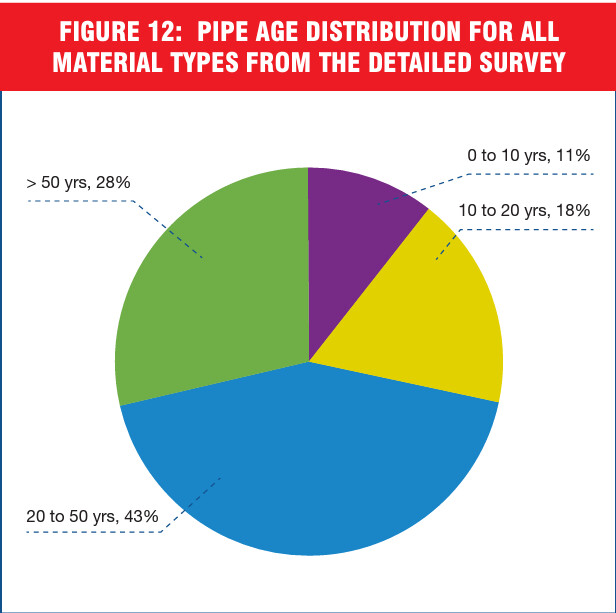
Despite the growing need for drinking water infrastructure improvements, the federal government’s share of capital spending in the water sector fell from 63% in 1977 to 9% in 2017. On average, about two-thirds of public spending for capital investment in water infrastructure since the 1980s has been made by state and local governments.
Decades-old drinking water infrastructure systems, declining water use, increased costs of regulatory compliance, and stagnant federal funding have resulted in many water utilities struggling to fund the cost of operations and maintenance of these systems.
Maintenance costs reached an all-time high of $50.2 billion above capital in 2017, in part due to deferred capital projects. A recent survey found that 47% of the maintenance work undertaken by utilities is reactive and done as systems fail.
Unfortunately, the problem gets worse as drinking water utilities also face increasing workforce challenges. Much of the current drinking water workforce is expected to retire in the coming decade, taking their knowledge along with them. It’s estimated that between 2016 and 2026 nearly 11% of water sector workers will retire – with some utilities expecting as much as half of their staff to retire in the next five to ten years.
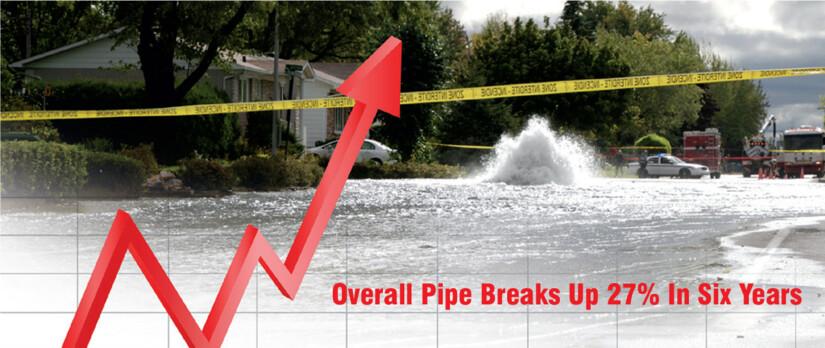
Our nation’s drinking water systems face a staggering need for public investment over the coming decades.
To completely updated our outdated and failing pipes the federal government would need to nearly triple the amount of annual appropriation to the Drinking Water State Revolving Fund as well as fully fund the Water Infrastructure Finance and Innovation Act.
Utilities should implement asset management programs, tools, and techniques to evaluate the condition and risk of their systems and to prioritize capital, and operations & management decisions – and some already are!
Utilities are developing innovative smart water technologies like leak detection, seismic resilient pipes, water quality monitoring, and real-time data sensors, to name a few. Technologies like these, along with refocusing our nation’s capital spending budget on infrastructure, will allow utilities to respond to changing climate conditions and natural disasters, as well as reduce water loss, increase water quality, and save taxpayer dollars.
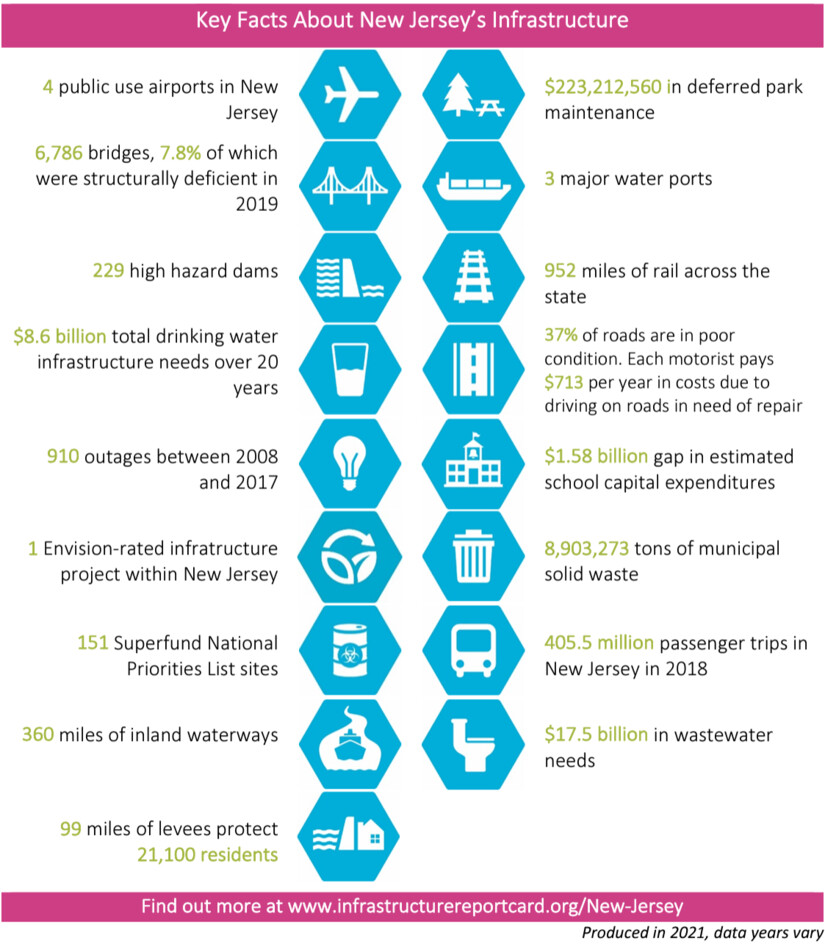
Improve mental health accessibility in our town! Donate to Morristown, NJs local mental health accessibility fund today!
 Scan the QR code to donate!
Scan the QR code to donate!*The 2022 Local News Fund is a program administered by the Local Media Foundation, a 501(c)(3) organization affiliated with the Local Media Association. The program’s purpose is to allow independent and family-owned news organizations to solicit tax-deductible donations from their communities for journalism projects focusing on critical local issues. Contributions to this program are tax-deductible to the full extent of U.S. law; please consult a tax advisor for details.